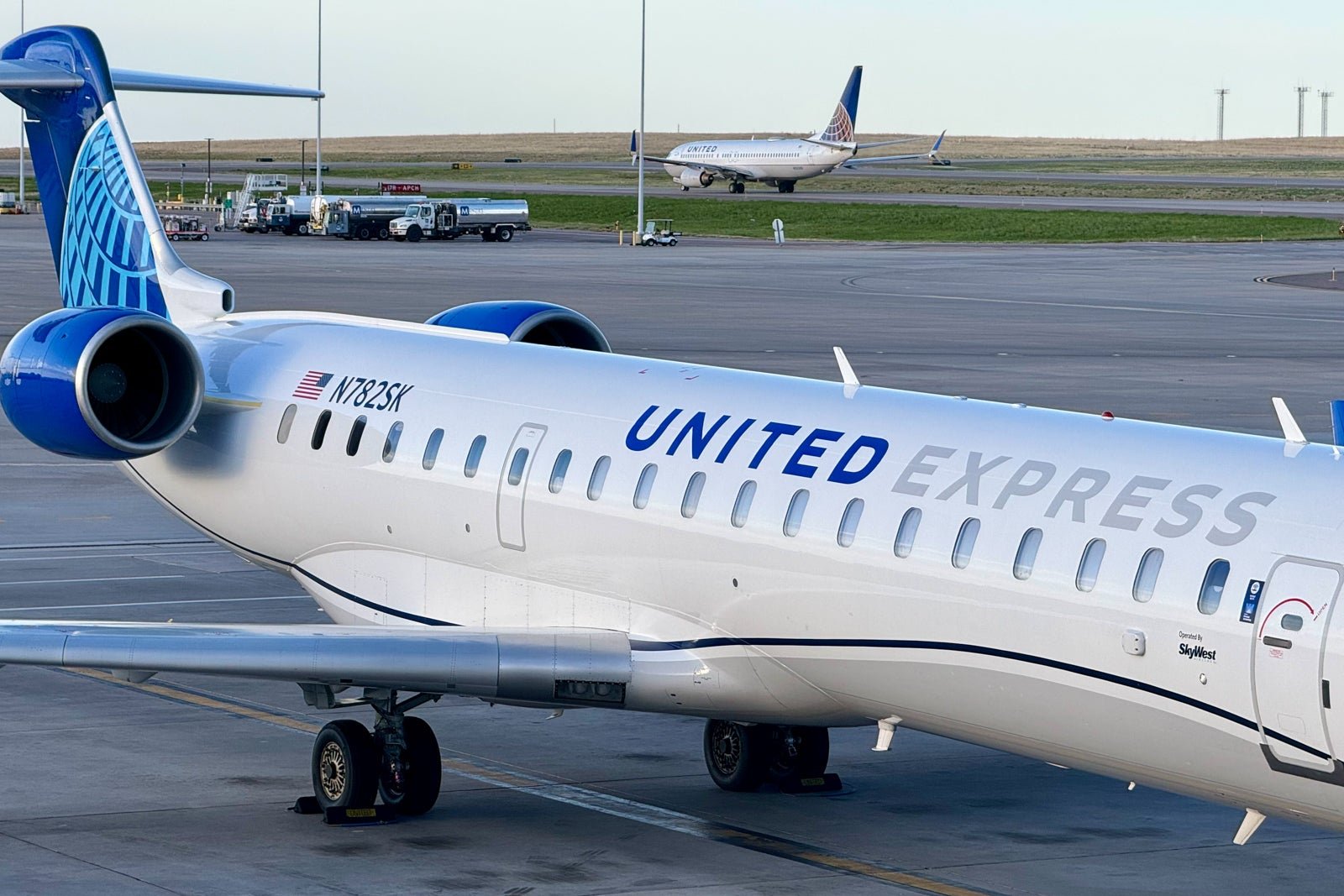United Airlines is making some noteworthy changes to its network.
The Chicago-based carrier filed plans over the weekend to slash three routes and add three others, as first seen in Cirium schedules and later confirmed by a carrier spokesperson.
In terms of cuts, United will exit the following three routes effective March 29, 2025.
- Newark to Albany
- Newark to Manchester, New Hampshire
- Newark to Providence
All three of these routes were previously operated by United Express regional partners and were designed to boost connectivity through United’s Newark hub, from where flyers could connect to hundreds of destinations worldwide.
Update the route map: United adds 3 new international destinations, including Marrakech, Medellin
While all three cities will lose their connection to one of the airline’s key Northeast hubs, there is a silver lining for flyers based in Manchester.
The airline is adding new nonstop service from Dulles International Airport (IAD) near Washington, D.C., to Manchester-Boston Regional Airport (MHT) beginning on March 30, 2025. This new route will be operated by CommuteAir onboard the ERJ-145 regional jet. United will operate the flight twice daily until May, when it will increase to three times daily.
“This route swap will bring the highly requested route to Dulles back to MHT. This will open up 65 domestic and international destinations with just one quick stop in D.C. We are excited to have United’s nonstop flight to Dulles back on our map, and we think this will be a great route for our passengers as they visit our nation’s capital and as they connect to the rest of the world,” said Ted Kitchens, Manchester airport director, in a statement.

Daily Newsletter
Reward your inbox with the TPG Daily newsletter
Join over 700,000 readers for breaking news, in-depth guides and exclusive deals from TPG’s experts
Note that United already flies from Dulles to Albany and Providence, so the Newark cuts will represent a net reduction in service to those outstations.
In addition to the new Manchester route, United is also adding two new routes to Edmonton International Airport (YEG). The airline will commence service to YEG from its Houston and Chicago hubs this spring, with the former starting on May 22, 2025, and the latter on May 24.
United will operate Chicago-to-Edmonton flights three times a week through Oct. 25, 2025. The Houston route will be flown four times a week on a year-round basis.
Neither of these routes are technically “new” for United. The airline last flew between Houston and Edmonton in March 2020 and between Chicago and Edmonton in June 2016, Cirium schedules show.
But the announcement’s timing indicates that there might just be an ulterior motive to the route additions. Canadian low-cost carrier WestJet recently announced plans to launch three-times-weekly service from Chicago to Edmonton beginning on June 4, 2025.
“I think we’re going to win”: United CEO strikes bullish tone on battling rivals, facing industry’s challenges
And now, United is matching the route with three weekly flights of its own. Better yet, United will start flying a few days before WestJet, and it’ll match the timings of WestJet’s flights. Both airlines will operate on Sundays, Wednesdays and Saturdays this summer, and the flights will depart within 10 minutes of each other in both directions.
All these signs point to a turf war brewing between the two carriers. United, which operates a hub in Chicago, might be feeling the pressure from this competition and want to protect its territory from new entrants.
United is no stranger to a turf war, with the airline grabbing headlines as recently as last year for responding to Alaska Airlines’ new route from Dulles to San Diego.
In that case, United responded by adding its highest-density jet, the domestically configured Boeing 777-200, to flood the market with new seats in response to Alaska’s entrance.
Now, we’ll see how the two airlines handle this one.
Related reading:


















